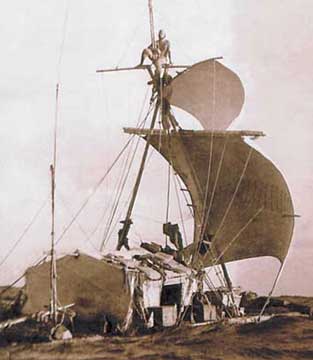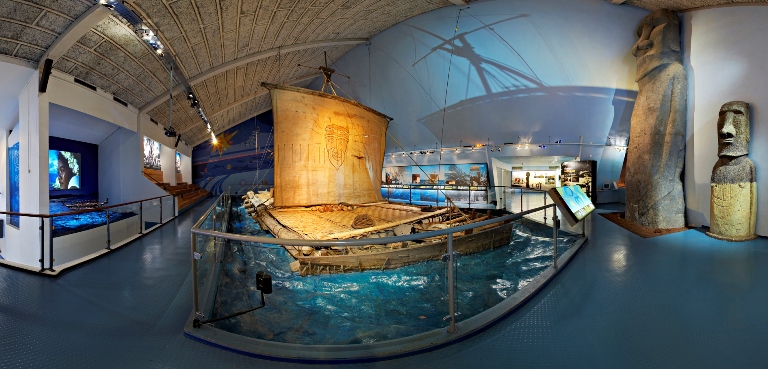


In 1977, he sailed the Indian Ocean in a primitive reed ship built in Iraq to learn how prehistoric civilizations in Mesopotamia, the Indus Valley and Egypt might have connected. In 1970, he sailed across the Atlantic from Morocco to Barbados in a reed boat named Ra II (after Ra, the Egyptian sun god) to prove that Egyptians could have connected with pre-Columbian Americans.

The experience led him to believe that humans had first come to the islands aboard primitive vessels drifting on ocean currents from the east.įollowing the Kon-Tiki expedition, Heyerdahl made archeological trips to such places as the Galapagos Islands, Easter Island and Peru and continued to test his theories about how travel across the seas played a major role in the migration patterns of ancient cultures. He and his first wife lived primitively on Fatu Hiva in the Marquesas Islands for a year and studied plant and animal life. Heyerdahl made his first expedition to Polynesia in 1937. Heyerdahl also produced a documentary about the trip that won an Academy Award in 1951. However, his journey captivated the public and he wrote a book about the experience that became an international bestseller and was translated into 65 languages. Even after his successful voyage, anthropologists and historians continued to discredit Heyerdahl’s belief.

Heyerdahl, born in Larvik, Norway, on October 6, 1914, believed that Polynesia’s earliest inhabitants had come from South America, a theory that conflicted with popular scholarly opinion that the original settlers arrived from Asia. While crossing the Pacific, the sailors encountered storms, sharks and whales, before finally washing ashore at Raroia. The Kon-Tiki, named for a mythical white chieftain, was made of indigenous materials and designed to resemble rafts of early South American Indians. Heyerdahl and his five-person crew set sail from Callao, Peru, on the 45-foot-long Kon-Tiki on April 28, 1947. Heyerdahl wanted to prove his theory that prehistoric South Americans could have colonized the Polynesian islands by drifting on ocean currents. On August 7, 1947, Kon-Tiki, a balsa wood raft captained by Norwegian anthropologist Thor Heyerdahl, completes a 4,300-mile, 101-day journey from Peru to Raroia in the Tuamotu Archipelago, near Tahiti.


 0 kommentar(er)
0 kommentar(er)
